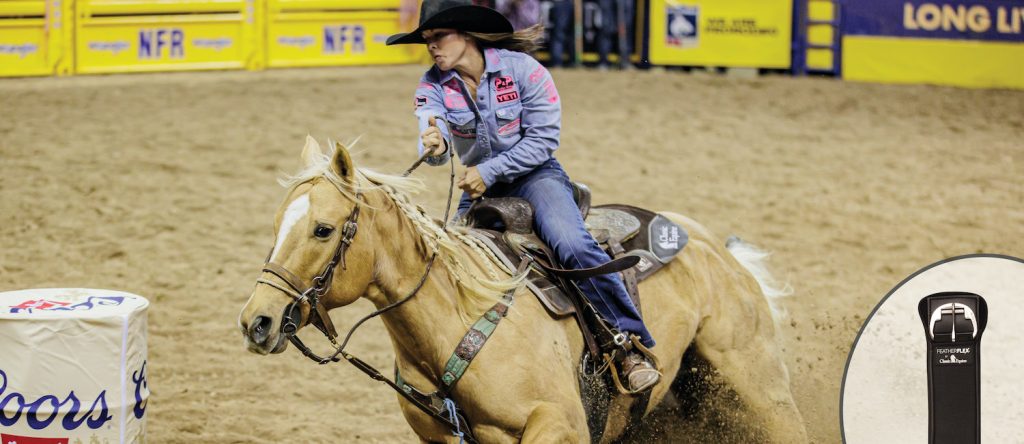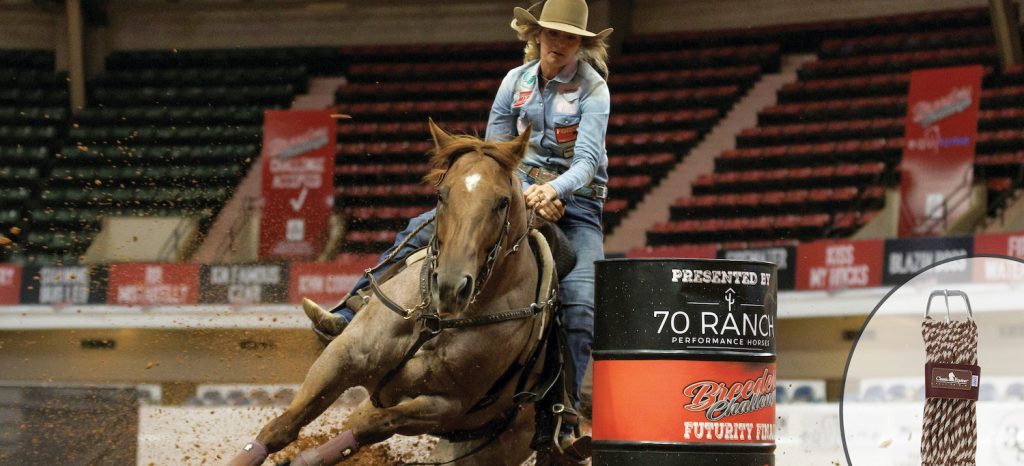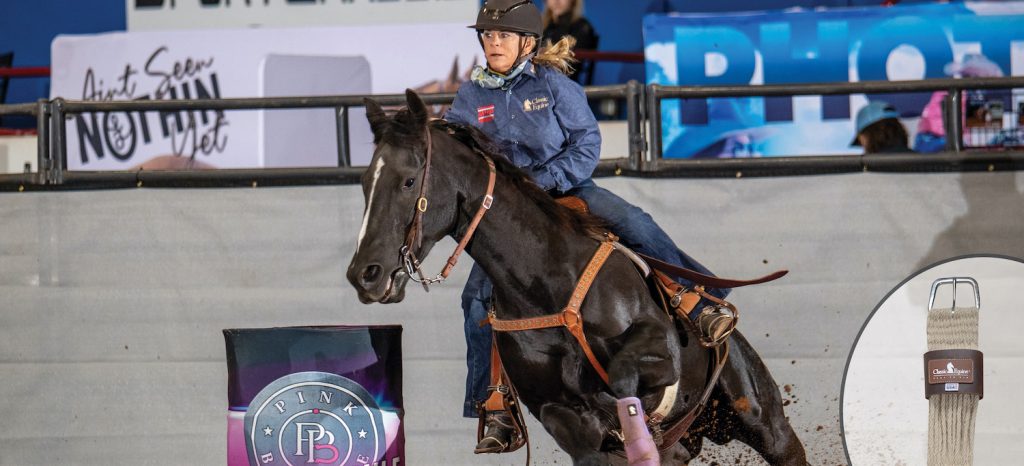Sponsored by Classic Equine
Whether you’re running the pattern, schooling a colt, or enjoying a ride on your old favorite, you expect your cinch to be comfortable, functional, and (most of all) reliable—without even thinking about it. Classic Equine® is here to ensure that you can lay it all on the line for every ride, whatever cinch you choose for your horse.


Select a Style
Cinches typically come in two styles: straight or roper.
A straight cinch is just what it sounds like—the same width from end to end. It stays centered fairly easily and is a sure choice for most circumstances.
A roper-style cinch isn’t just for roping—it’s great for all kinds of high-impact events and horse body types. It widens in the middle to distribute pressure over a wider area, but be sure it’s centered to avoid rubbing.
Whichever you pick, check your billets and latigo for wear and tear, replacing them as needed to protect your safety.


Get the Fit
The style of your cinch means nothing if it doesn’t fit your horse and isn’t adjusted properly.
- Start with length. Measure from one heart girth, aka “sweet spot,” under your horse, to the other heart girth. This helps you choose which length to buy.
- Go with a leather latigo. It allows flexibility because it has more “give” to move with your horse that nylon and other fibers lack.
- Pick stainless-steel hardware, featured on every Classic Equine cinch, for durability. Stainless steel won’t rust, corrode, or bind up.
- Once your horse is cinched, the dees should lay flat against your horse’s heart girth on each side. If the dees are too high or too low or behind the sweet spot, it can cause discomfort and soreness, which leads to resentment from your horse.

Make a Pick
From traditional mohair to high-tech materials, Classic Equine has you covered for whatever you and your horse prefer in cinch construction.
Free and Breezy…Breathability can be a key factor in your horse’s comfort during a warmup and while running the pattern. The Aura cinch’s sleek construction and perforated foam core allow maximum airflow without sacrificing durability. Jersey lining provides extra comfort against your horse’s skin. The durable exterior and stainless-steel hardware mean it’ll stand up to rigorous use and tough conditions.
Antichafing, Antifungal…If your horse is sensitive-skinned, look for extra-soft, non-chafing virgin neoprene, as found in the FeatherFlex™ cinch. It’s kind to your horse’s skin, but tough under extreme conditions, and its antifungal and antimicrobial properties prevent skin conditions that can develop in the girth area. It’s designed to eliminate twist and distortion, and the stainless-steel hardware won’t rust.
Soft and Flexible…Tough and durable doesn’t have to mean rigid and uncomfortable. The SensorFlex® high quality fleece-lined cinch puts your horse’s comfort first. Its inner felt insert provides a plush feel, and the contoured design follows the natural shape of your horse’s body for a premium fit. The roller buckle and stainless-steel hardware allow for easy tightening, ride after ride. Note: Pick a leather latigo with this cinch to move with your horse and expand naturally as he needs.
All-Time Traditional…You can’t argue with hundreds of years of service. The 100% mohair or alpaca cinches are naturally soft like cashmere, breathable like a high-tech fabric, and easily cleanable for years of use. The natural fibers are strong but expand with movement, providing comfort for your horse without sacrificing your security.
Different horses have different needs, and Classic Equine has a cinch for all of them, so you and your horse can lay it all on this line for every run.






1 Comment
When it comes to cinches, I believe the ones available at https://ropingsupply.com/collections/front-cinch are the greatest in terms of functionality, design, and longevity. Thank you for sharing this post; it is quite instructional, especially for those who are new to horseback riding and upkeep!